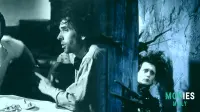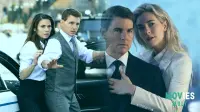The rumor that Margot Robbie may be entering into Tim Burton's universe for a remake of the cult movie Attack of the Fifty Foot Woman has certainly gotten Hollywood excited. On the surface, this coupling appears to be a dramatic departure from Barbie's vivid pink to Tim Burton's characteristic gothic flair. But when you think about it, this prospective cooperation with Robbie's LuckyChap production business, which is in talks to produce, makes a lot of sense for everyone involved, particularly Warner Bros.
This isn't simply about Robbie transitioning from one major endeavor to another. It's about how two major influences in modern cinema, the cultural juggernaut Barbie and Tim Burton's particular vision, may have more in common than we realized. It's easy to understand how this move will affect not only Robbie's career, but also how studios approach their greatest actors and most iconic assets.
Margot Robbie: The Star Bridging Worlds From Barbie To BurtonThere's no denying that Margot Robbie has had a fantastic career, and her part in Barbie solidified her as one of Hollywood's most prominent actors. Now, the prospect of her starring in a remake of the 1958 sci-fi horror classic Attack of the Fifty Foot Woman, directed by Tim Burton, demonstrates her willingness to experiment. She's not only starring; her firm, LuckyChap, is looking to produce, so she'll have a significant say in how this new take on the huge lady story is brought to life. This makes it all the more interesting to imagine what the series might have been like if someone other than Hamm had taken on the job.
It's almost sacrilegious to imagine what Mad Men might have been like without these great actors, but it's also fascinating. This hypothetical version of Mad Men would have been different, but not necessarily worse, because each actor offers something unique to their roles.
This seems like a natural progression for an actor who isn't hesitant to take risks and question expectations. As one fan put it, "@CinemaInsights: Margot Robbie's journey from 'Barbie' to a possible Tim Burton collaboration demonstrates her remarkable flexibility. She's not only a celebrity; she's an artistic chameleon.
From Dreamhouse to Dark Fantasy: Robbie's Changing Artistic Choices
Following Barbie's great success, Robbie could have easily picked another playful, commercial endeavor. Instead, she appears to be going toward more challenging and possibly darker roles. Her impending participation in Emerald Fennell's version of Wuthering Heights, another Warner Bros. film, reflects this shift. Robbie is clearly seeking for projects that will allow her to expand her acting muscles and collaborate with distinct creative voices, rather than just chasing box office statistics. A Tim Burton film, with its typically eccentric and melancholy characters, would undoubtedly suit the bill.
Barbie Movie Phenomenon: Beyond the Pink Hype
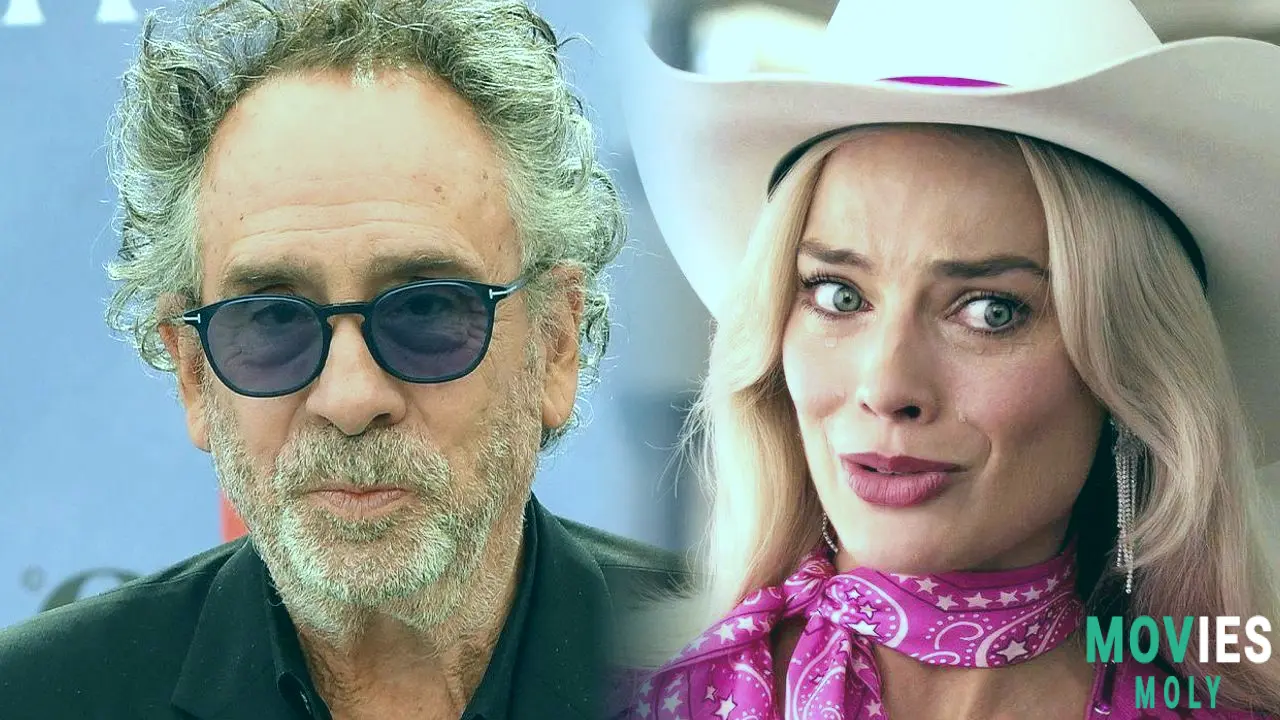
Barbie was more than a movie; it was a cultural phenomenon. It broke box office records, becoming the highest-grossing film of 2023 and the most successful in Warner Bros. history. But, beyond the overwhelming numbers, Barbie astounded everyone with its unexpected depth, keen social commentary, and determination to be both playful and provocative. It explored issues such as existentialism, societal expectations, and discovering one's own self, all wrapped in a beautiful pink packaging.
This unexpected depth is where the similarities to Tim Burton begin to emerge. While his films have diverse visuals, they frequently address similar themes of identity, belonging, and the struggle of outcasts in a conventional environment. As @FilmFanatic pointed out, "The 'Barbie' movie demonstrated that viewers desire bold, original concepts. Combining that with Tim Burton's unrivaled imagination might result in something genuinely remarkable.
The Cultural Impact and Box Office Success of Barbie
Barbie's success was more than simply marketing; it was about tapping into a collective consciousness and offering something that struck a deep chord with people. Its capacity to be both a commercial success and a critical darling established a new benchmark for what a blockbuster could accomplish. This kind of influence allows a star like Robbie to explore more artistically driven ventures, knowing that she has the audience's support.
Tim Burton's signature style: A masterclass in macabre whimsy
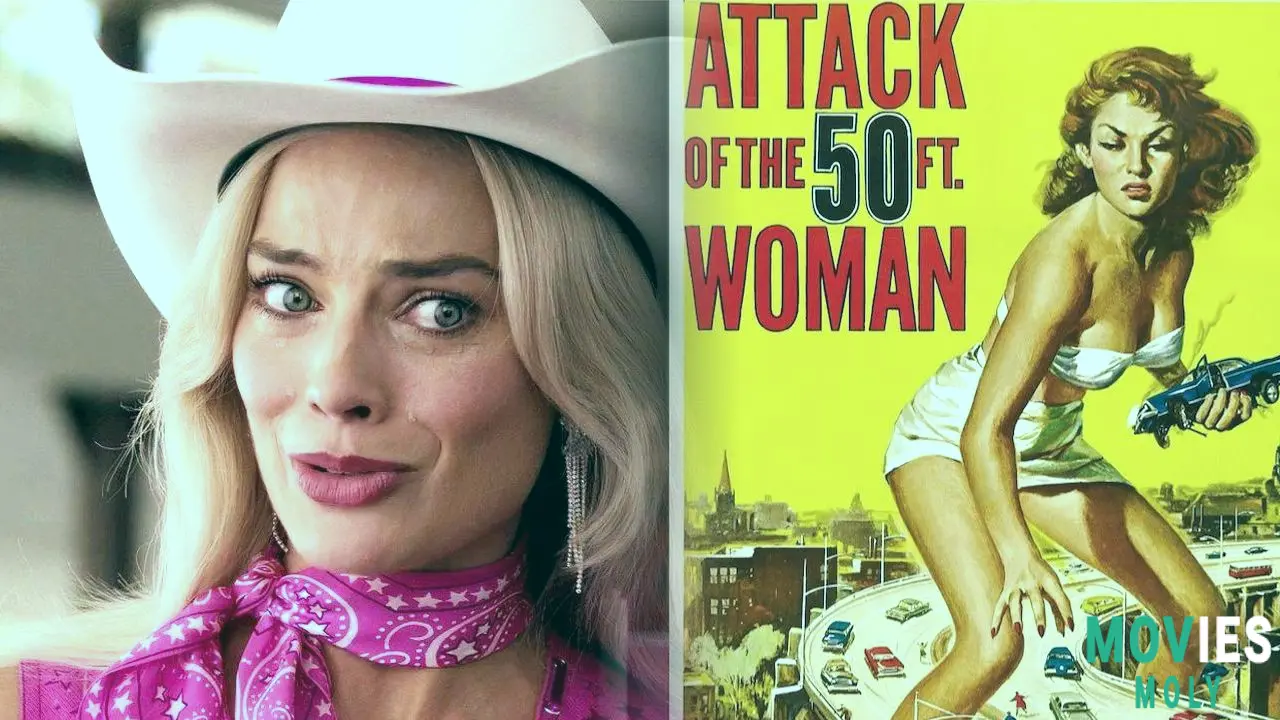
Tim Burton's movies are instantly identifiable. From the gothic charm of Beetlejuice (and its recent popular sequel, Beetlejuice Beetlejuice) to the dark fairy tale atmosphere of Edward Scissorhands, he has a knack for combining the bizarre and the beautiful. His characters are frequently outsiders, misunderstood, or dealing with a reality that does not fit them. Think of Wednesday Addams from his famous Netflix comedy Wednesday, or the eccentric denizens of his various imaginative towns.
Burton's approach to storytelling is frequently about discovering the heart in the unusual, the beauty in the strange, and the humour in the horrific. He never dismisses anyone's humanity, even if they don't behave like it.
Key themes and visual motifs throughout Burton's filmography
Isolation, identity, and the contrast between the commonplace and the extraordinary are recurring themes throughout Burton's work. Visually, his films are distinguished by stark contrasts: black shadows against brilliant colors, exaggerated features, and a mix of the comical and the macabre. He employs these aspects not only for shock value, but also to probe deeper emotional truths. This makes his pictures unique, frequently leaving an indelible effect on audiences.
Imagine a 'Burton-esque' Barbie: A Stylistic Deep Dive.
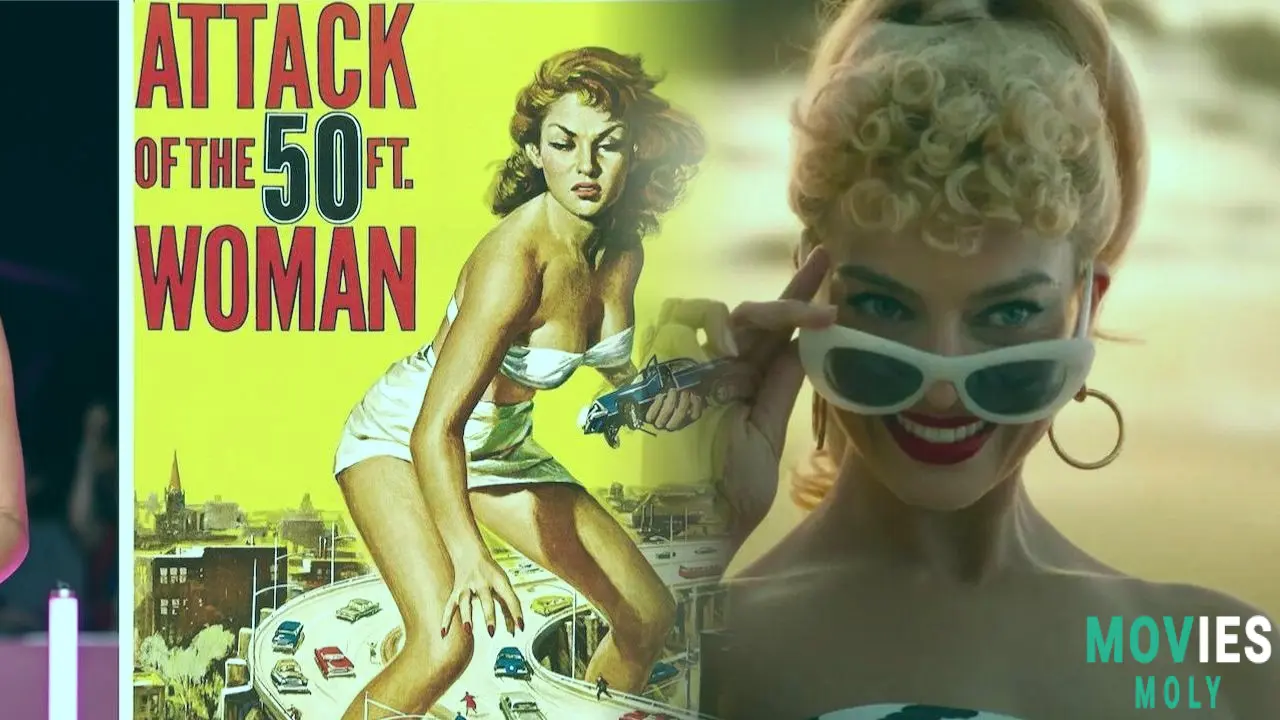
Here's where things become very fascinating. While Greta Gerwig's Barbie was a bright, self-aware investigation of the doll's place in the world, a "Burton-esque" Barbie would almost certainly go a different road. Gerwig employed vibrant colors and a fun tone to conceal deeper, more serious questions. Burton, on the other hand, may employ a darker, more melancholy aesthetic to investigate comparable issues of artificiality, conformity, and the yearning for originality.
Consider a Barbie who, upon understanding her existence is artificial, struggles with a strong sense of existential dread, possibly in a little dilapidated, gothic dreamhouse. The humor would be drier and more sardonic, with visual gags leaning toward the bizarre rather than the blatantly comic. As @DarkFantasyLover put it, "Imagine the existential dread of Barbie meeting the whimsical macabre of Tim Burton." "The thematic possibilities are endless!"
While Gerwig's Barbie was a celebration with a critical edge, Burton's may be a more solemn, but equally astute, look at what it means to be "perfect" in an imperfect world. It's an intriguing thought experiment, especially given how both directors use heightened realism to comment on the human condition.
Fan Theories: What If Tim Burton Directed Barbie II?
The concept of a darker, more contemplative Barbie has already inspired fan discussion. What if the sequel viewed the "real world" via a Burton lens? Perhaps Barbie's flawless plastic environment would gradually degrade, showing the fractures beneath the surface, similar to a haunted mansion. Or perhaps she'd meet other "imperfect" dolls, resulting in a story about accepting differences. The possibilities are limitless, and there is clearly a demand for these types of unusual interpretations of cherished characters.
Warner Bros.' Strategic Vision: Using Top Talent to Create Future Blockbusters
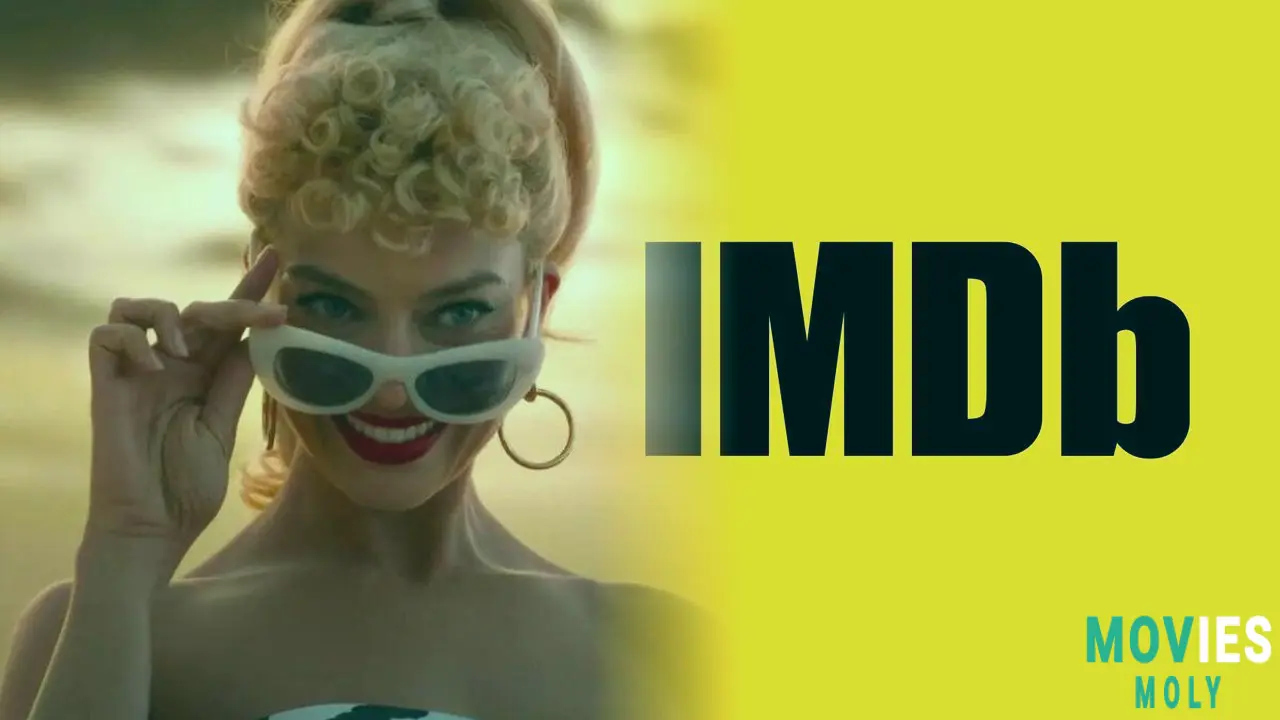
This prospective partnership between Margot Robbie and Tim Burton is more than simply a one-time casting announcement; it is a clear indication of Warner Bros.' overall plan. Following the enormous success of Barbie and Beetlejuice Beetlejuice, the studio is desperate to retain its best talent pleased and working on huge projects. They signed LuckyChap to a multi-year, first-look deal, demonstrating their support for Robbie's creative vision as a producer.
This decision allows Warner Bros. to leverage on Robbie's star power and Burton's particular directing style, bringing them together for a project with both financial appeal (a remake of a well-known property) and creative promise. As @BoxOfficeAnalyst pointed out, "Warner Bros. is clearly playing chess, not checkers, by combining talents like Margot Robbie and Tim Burton." This is how you create a cinematic empire.
Blockbuster Business: Studio Synergy and Creative Freedom.
In today's Hollywood, companies are continuously looking for methods to make their high-budget pictures stand out. Collaboration with established artists such as Robbie and Burton provides a form of creative synergy. It allows filmmakers to experiment with new concepts while also giving the studio confidence that the production will be well received. This type of strategic cooperation is how huge franchises are established and maintained, assuring a consistent flow of fascinating material for years to come.
The possibility of Margot Robbie starring in Tim Burton's Attack of the Fifty Foot Woman is more than just a casting announcement. It's a fascinating fusion of two disparate cinematic realms, foreshadowing a future in which creative boundaries are crossed and unexpected collaborations result in truly unforgettable films. Robbie's journey from pink dreamhouse to gothic grandeur is captivating, and it's evident that Hollywood is ready for whatever bizarre and amazing stories she and Burton may put to the screen. As @MovieBuffHQ stated, "From 'Beetlejuice' to 'Barbie,' the progression of storytelling in Hollywood is amazing. Tim Burton and Margot Robbie are at the forefront of the new era."


